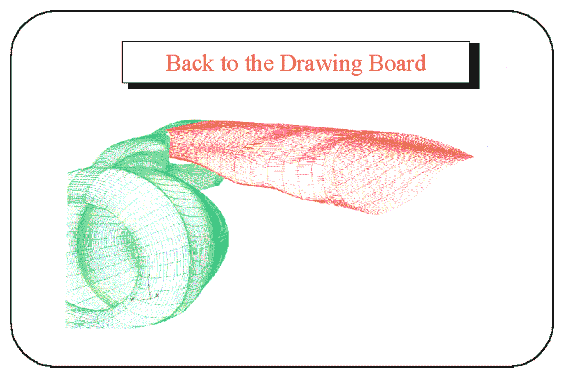

Here is a slide of a wing designed to minimize a sensible measure of drag using a sophisticated CFD simulation called a 3d thin layer Navier-Stokes solver. It requires 2 Cray hours to run for a given wing in given operating conditions.
Look how wavy the surface is! So, the decision criteria were not the right ones to use, even if they do produce an efficient wing, because this wing would be too expensive to manufacture. Sophisticated designers did not know this would be the consequence of the design problem formulation they used.
How should the problem be changed? Does one change the way to calculate a single number that represents how good the particular design is, or does one add a requirement that bounds the manufacturing cost of the wing shape chosen? Both have their place. In this case the designer did the latter, but his calculation of drag also evolved, so really he did both.
Previous Next
Sites & Affiliations | Leadership | Research & Applications | Major Accomplishments | FAQ | Search | Knowledge & Technology Transfer | Calendar of Events | Education & Outreach | Media Resources | Technical Reports & Publications | Parallel Computing Research Quarterly Newsletter | News Archives | Contact Information
| Hipersoft | CRPC |
© 2003 Rice University
|